For our children, we try to choose the best, quality and healthiest, regardless of their age. But in addition to healthy eating, developmental toys and a decent education, you need to pay attention to their environment. And, if the most basic parameters - temperature and air quality are almost always observed in schools, colleges and kindergartens, the air humidity in educational institutions can not always correspond norms.
But how to find out which indicators are optimal, how to monitor their observance and maintain the healthy state of health of a child at any age?
We will tell you about the main sanitary standards established at the legislative level and share recommendations of medical professionals on how to maximally protect your children from uncomfortable microclimate outside the home.
The content of the article:
- Humidity standards in educational institutions
-
The concept of relative humidity
- Why are humidity rates so important?
- Methods for measuring air humidity
- Why is the humidity out of the norm?
- Ways to Maintain Optimum Humidity
- What to do if humidity is disturbed?
- Conclusions and useful video on the topic
Humidity standards in educational institutions
The exact values of the humidity regime in educational institutions are established by GOST 30494-2011 “Residential and public buildings. Indoor microclimate parameters ".
Judging by the table from this document, the rooms for rest and training sessions should have an optimal air humidity of 45-30%, however, an increase in the specified norms up to 60% is allowed. Moreover, in any institution from a preschool educational complex to a high school.
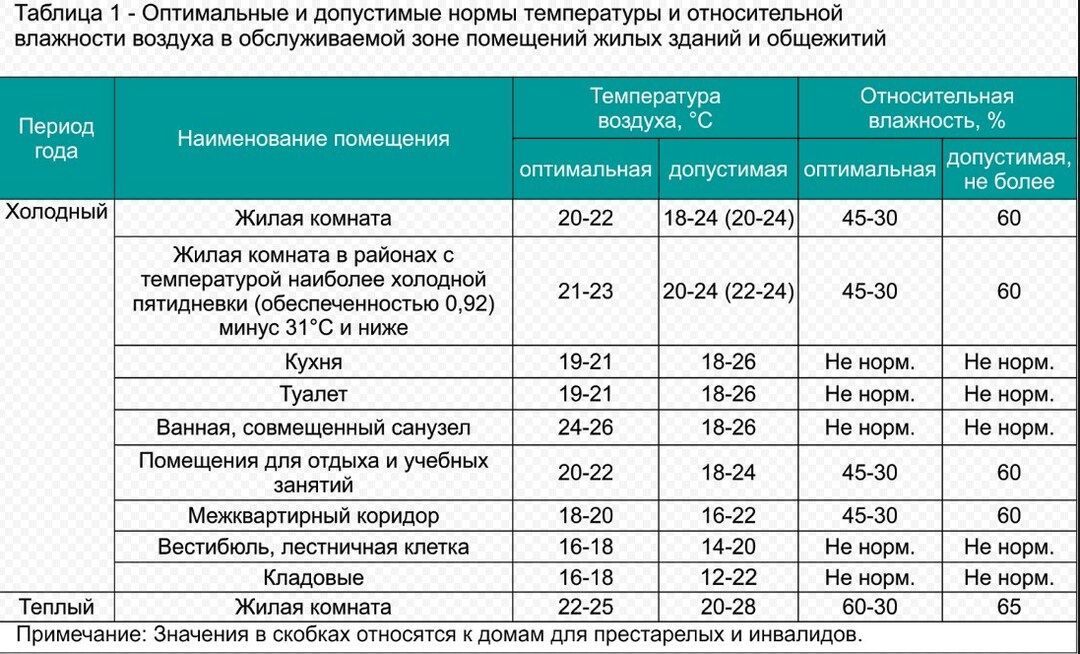
Subject to the standardized temperature regime, as well as the requirements of sanitary standards and humidity control, a comfortable microclimate is achieved for pupils of kindergartens, schools, colleges and other educational institutions
However, things are not so simple. The parameters of an ideally comfortable environment are built in a complex: humidity + air temperature + air speed. And only in a single ensemble do they create the necessary indoor microclimate.
But in order to know what it is all about and to understand where the moisture comes from, we will analyze this moment in more detail.
The concept of relative humidity
So, from the physics course, we know that the subject of the conversation can be based on absolute and relative values. True, few people remember what it is and how these two concepts differ from each other.
The air we breathe in and out is a composite puzzle of gases and water vapor. The density of water vapor is the absolute humidity contained in 1 cubic meter. meter of air.
The density of water vapor is calculated using a simple formula:
p = m (pair): v (air), where
m is the mass, and v is the volume of air in 1 cubic meter. m.

What we see on the windows, in the form of liquid drips, is called condensate. This is the place where the temperature is below the dew point and the air vapor turns back to liquid.
On the one hand, the absolute value should be sufficient for a general idea of how much water is contained in the gas, but in fact, it turned out that organisms perceive it differently, that is, relative to the possible saturation value air.
Calculated by the formula:
φ = (p: ph) x 100%, where
p is the density of water vapor, and ph is the density of saturated vapor at a given temperature.
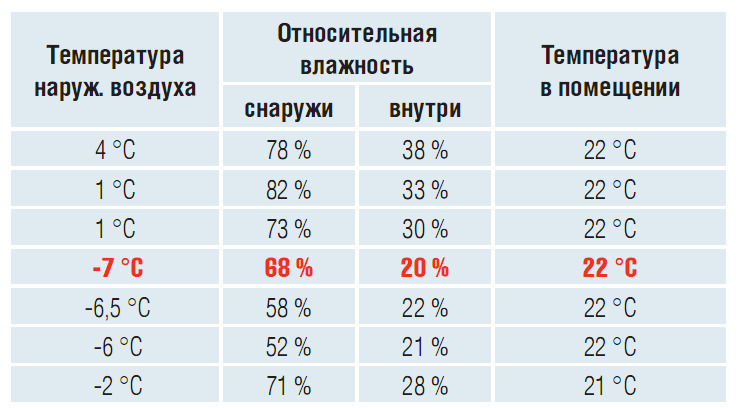
The relative humidity in the room depends on the humidity and temperature conditions outside and inside the premises. Modern ventilation and ventilation requirements should be implemented in such a way that, ideally, the humidity in the room does not go beyond 30-40%, within the acceptable limit of 60%
This is how a definition, familiar to everyone by ear, appeared, which, as we can see, is directly related to the ambient temperature and it is the relative humidity in kindergarten, school and other general education institution is normalized according to the standard.
Why are humidity rates so important?
In an educational institution, a child spends 4 to 8 hours a day, and sometimes more. This is enough for the indoor air to affect health.
Reduced moisture contributes to overdrying of the mucous membranes of the eyes and nose, which means it creates a bridge for viruses and bacteria. In addition, more dust flies in excessively dry air, provoking asthmatic attacks and bronchospasms.
In severe cases, dry skin, hair, dehydration of the body, and impaired thermoregulation of the body are manifested.
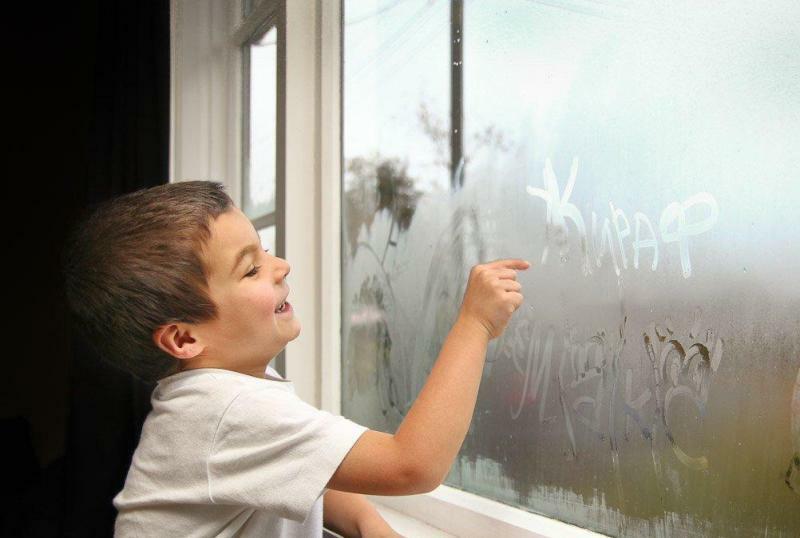
High humidity is no less dangerous, because it is, first of all, an ideal environment for the development of microorganisms, mold and mildew. And this is a direct path to possible manifestations of respiratory and bacterial diseases, dermatitis, asthma, and so on.
As a result of all these factors, sanitary standards and GOSTs of the parameters of relative humidity were developed. air in premises for various purposes in educational institutions, as part of a comfortable microclimate.
Methods for measuring air humidity
There are also certain rules for measuring humidity indicators.
Measurements are carried out special devices, hygrometers, in the center of the room at a height of 110 cm from the floor level. Moreover, if they are carried out manually, there should be at least 3 control fixations of readings with an interval gap of 5 minutes.
If there is an automatic registration, measurements are taken within 2 hours.
You can also visually identify violations. For example, you can pay attention to the windows. At high humidity, condensation falls on them, since double-glazed windows are cold bridges. Accordingly, excess moisture will be indicated mold and drips.
But in general, even without special indicators, moisture or dryness is felt immediately.
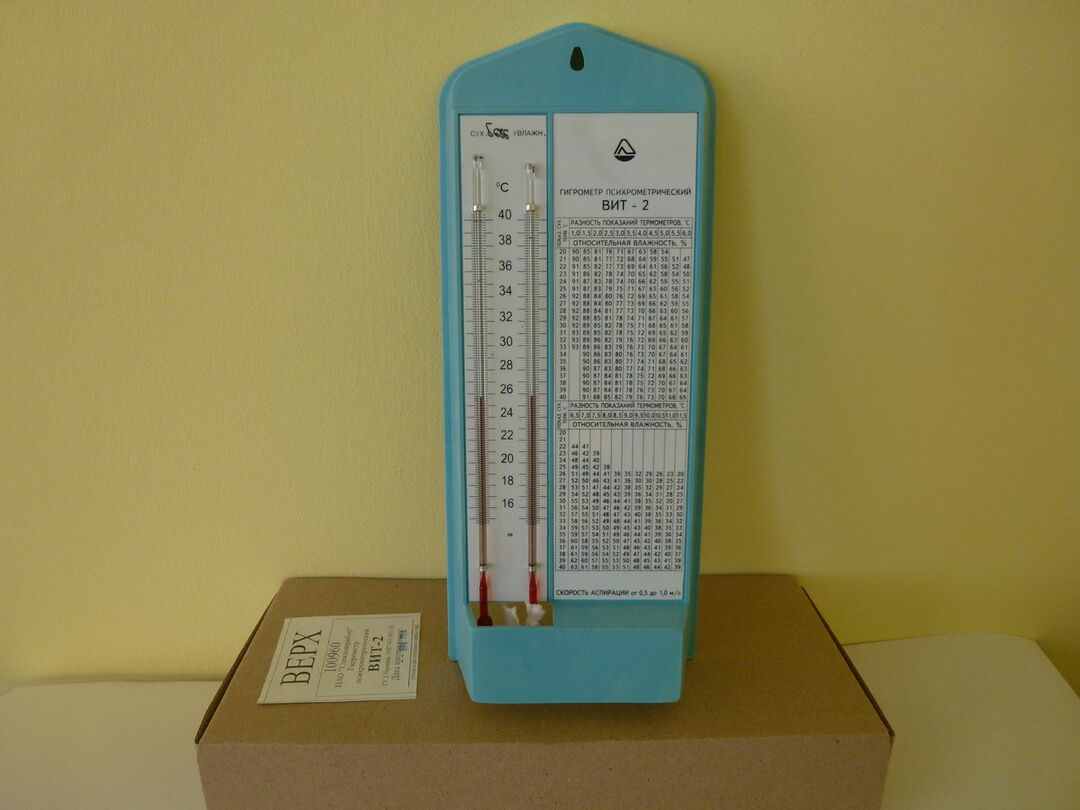
Any device used for moisture measurements must be certified and registered. Nowadays, specialized electronic hygrometers of high accuracy are increasingly used.
As you can see, the tables above show the optimum and acceptable moisture values. The optimal ones are 45-30%, the allowable limit is 60%. Why is there such a spread?
Optimum humidity values represent the most comfortable values for a person, contributing to the best performance of mental and physical nature, completely safe for health and life activity.
Permissible indicators are the so-called limit, in a state of which slight discomfort and decreased performance may be felt, but with this, for any reason - engineering or financial, it is not possible to ensure the optimal regime at the moment or for a long time.
Why is the humidity out of the norm?
Educational institutions are obliged to strictly monitor the microclimate indicators, especially because children are studying in them and, accordingly, parental supervision is a big question.
Adults are responsible for other people's children - leaders, teaching staff, educators.

Ventilation in educational institutions must undergo the strictest control even at the design stage. In addition, SanPin provides advice on how to ventilate classrooms. However, humidity standards are not always observed anyway.
Violations of humidity parameters, as one of the most important parts of the microclimate, is a fairly frequent phenomenon.
Why is this happening? Let's consider the standard reasons:
- Poor ventilation - due to pollution of ventilation, improper construction of the air exchange system, or due to its ill-conceivedness in terms of the number of people.
- The heating system does not meet the standards, which provokes increased or decreased dryness.
- Non-standardized number of people in the premises, exceeding the established one.
- Poor building insulation, cracks and other structural defects.
- Emergency engineering communications.
- Violation of sanitary standards in the dining room.
- Problems with the correct ventilation of the premises.
- Bad faith of managers, where there is a mechanical incentive in order to save
These and some other reasons contribute to an increase or decrease in the humidity regime.
Let us consider how ventilation is designed in educational institutions and how an optimal microclimate is achieved with its help.
Ways to Maintain Optimum Humidity
The microclimate, as already mentioned, consists of several elements and they are closely interrelated. Optimum humidity can be adjusted or spoiled by temperature control and air exchange.
Let's consider how things are going with the ventilation of schools and colleges.
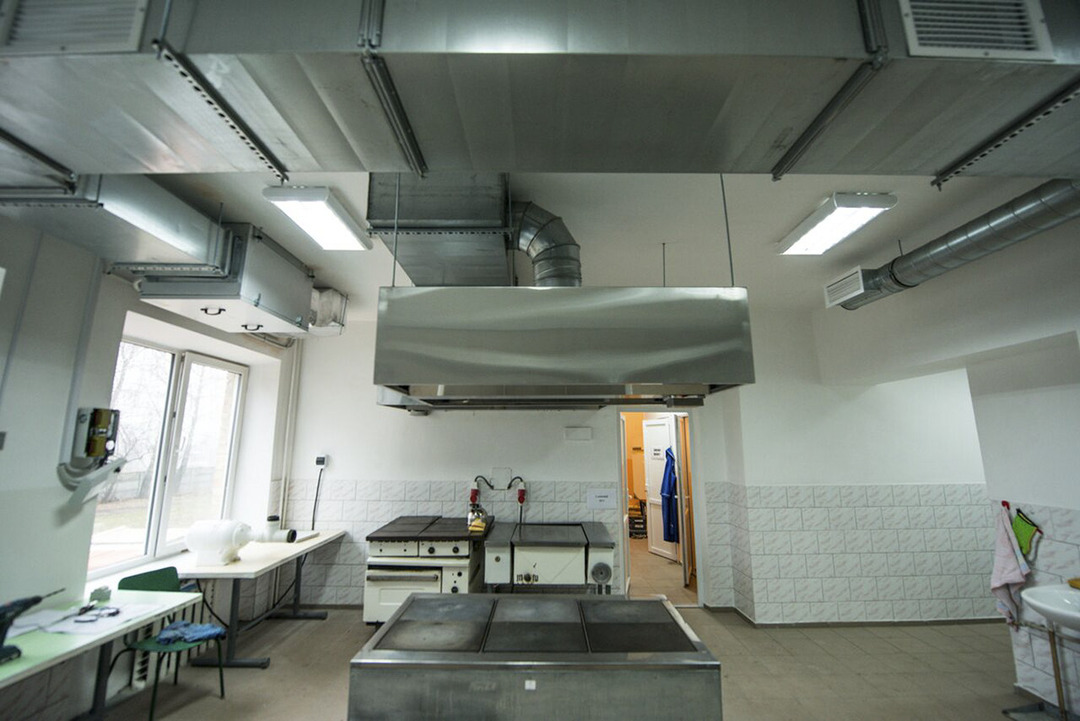
The school canteen is humid due to excess warm water vapor and higher temperatures due to equipment. Air exchange in canteens occurs with supply through the dining room and exhaust through the kitchen and other production areas. At the same time, the air exchange must be of high quality, at least 20 cubic meters of water are supplied to each place in the room for food consumption. m / h of air
So, ventilation in the premises is almost always supply and exhaust. Inflow it is equipped with a mechanical induction in schools where there are more than 200 students, and at the same time it is combined with natural in a single air exchange.
Natural ventilation is provided in every room and is carried out through corridors, ventilation.
When equipping air heating combined with a ventilation system, an automatic control that allows during school hours to maintain the proper temperature parameters from 15 degrees and humidity - from 30 up to 60%.
Exhaust ducts, as a rule, are designed from those rooms where there are no vents. In almost all rooms, the ventilation sections are not combined.
As a rule, such a ventilation system scheme helps to control and eliminate excess / deficiency of humidity parameters.
Of course, it is very important to keep an eye on temperature level and air exchange, in time to air the premises and check the equipment, as well as its maintenance.
What to do if humidity is disturbed?
If in any way you noticed that in an educational institution the parameters of the humidity regime clearly do not correspond to the norms, it is not only possible to fight this, but it is also necessary.

According to the current laws of the Russian Federation, the educational process is strictly regulated and monitored. The rights of minor citizens are subject to protection. This means that it will not be difficult to bring those responsible for their violation to justice and / or force them to correct the situation.
Of course, if you have complaints, the first step is to contact the school administration with a request to check and eliminate violations, if any. Submit the application in writing, in 2 copies - one will remain with the secretary or the director at once, the second, after the signature of acceptance - with you.
If the violations are not eliminated and you think that the health of students is damaged due to high / low humidity, you should contact with a written complaint (again, in 2 copies), to the municipal agency that controls the activities of the school in your area, or area.
Please note that the complaint must be signed by you personally or written collectively, with the signatures and their transcripts of the rest of the parents. Anonymous complaints will not be considered.
Here sample school complaint to municipal authorities or Rospotrebnadzor.
As a rule, inspections are carried out promptly and the perpetrators are punished with fines.
Conclusions and useful video on the topic
How to protect a child not only at school, but also at home from microclimate disturbances. Doctor Komarovsky's advice:
So, we examined the normative parameters of the humidity regime in educational institutions. Fortunately, most of the time they are adhered to flawlessly, which contributes to the formation of a healthy educational process.
But, even if you think that the rights of students are being violated, now you know how to correct this fact in any case and preserve their health, as well as ensure a comfortable pastime.
Write your comments, ask questions on the topic of the article - the contact block is located below.


